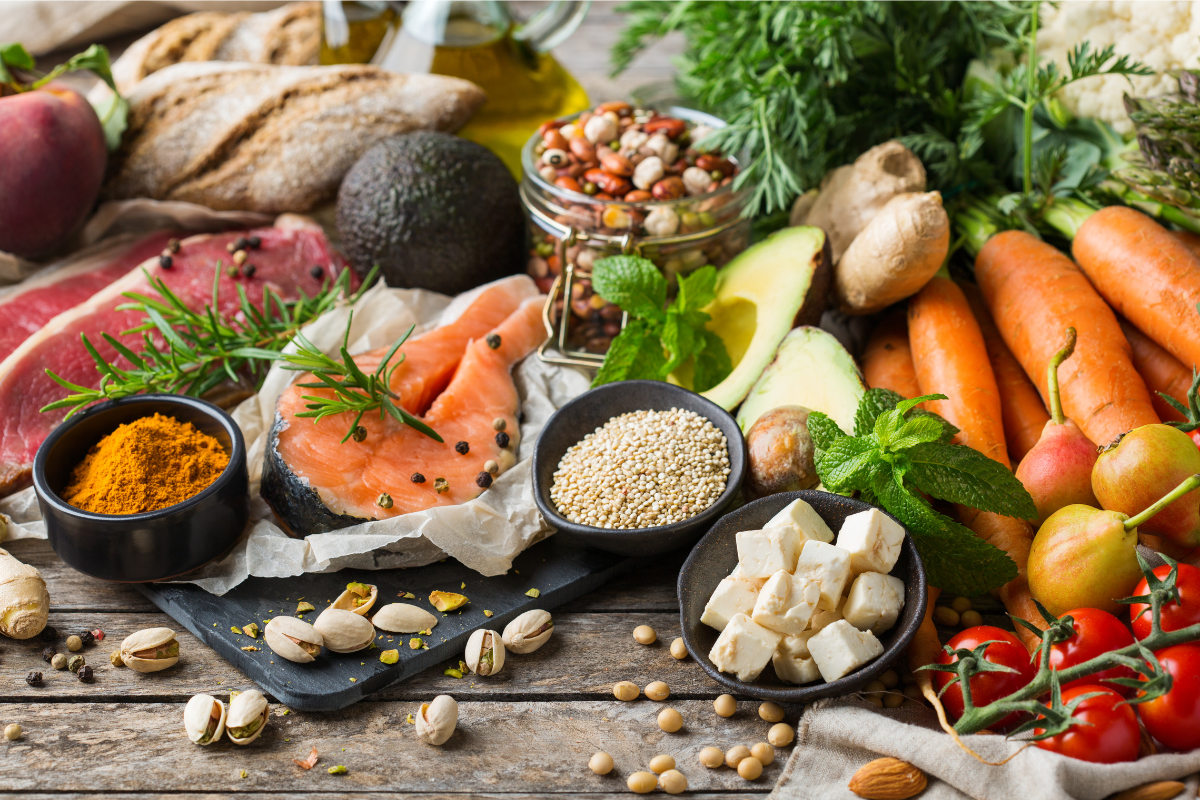So, you want to be more flexible with your diet and get healthier, but you can't readily give up animal-based products yet? A flexitarian diet could be an excellent option for you. But if you're not too aware of the diet, its advantages and disadvantages, read on!! How exactly does it work? Why should you go along with it? And how do you go about it? Here are all of your answers:
What is a Flexitarian Diet?
The flexitarian diet is a semi-vegetarian, plant-forward diet. More precisely, the flexitarian diet is a flexible eating approach that prioritizes the addition of plant or plant-based foods and drinks, embraces dairy and eggs, and encourages meat to be taken less frequently or in smaller quantities. In a flexitarian diet, there are no predetermined calorie or macronutrient objectives.
So, basically, what it implies here is that a 'flexitarian diet' might make it easier for you since it will inform you what all you can add to your diet instead of taking away meat and meat products .
The flexitarian diet gets most of its calories from nutrient-dense foods such as fruits, legumes, whole grains, and vegetables. Because of the emphasis on nutrient-dense foods, the flexitarian diet advises limiting saturated fat, added sugars, and salt consumption.
Benefits and barriers
The Flexitarian Diet can be followed at your speed. That's the beauty of the Flexitarian Diet; it bends and conforms to your lifestyle rather than forcing you to twist and distort your life to fit it. And the advantages are incredible. Vegetarian diets often include fewer overall calories, more fiber, and a lower proportion of calories from fat. If you stick to the Flexitarian Diet, you can expect to lose 15 to 30 pounds in 6-12 months and keep it off for the rest of your life. Those who eat vegetarian foods have a decreased risk of heart disease. Nonvegetarians usually have a higher blood pressure than flexitarians! Plant-based diets have less total and saturated (bad) fat, more fiber, and more fruits and vegetables, as well as higher levels of antioxidants like vitamin C in their blood, which protects them from heart disease. Flexitarians also tend to have a lower risk of cancer. Because it is lower in saturated fat (found largely in meat and other animal products) , higher in fiber, and richer in phytochemicals, a plant-based diet is protective.
Sample Diet Example
Breakfast: Oats and apple muesli or a spinach, peanut butter, and banana smoothie
Morning Snack: Fruits or an egg salad
Lunch: Indian lentil wraps or spinach egg-salad sandwiches or a bean burrito
Evening Snack: Roasted almonds
Dinner: Pea's stir-fry with brown rice and pineapple juice or tofu, spinach, and sweet potato barbecue (you can swap tofu with chicken or any fish
People are hesitant to begin a vegetarian diet because they don't know where to begin and believe it will be difficult! They are anxious about losing meat, and they are scared that the diet shift may result in vitamin shortages. But none of these have to be a reality! The semi-vegetarian or flexitarian diet emphasizes nutritious plant proteins and other whole, minimally processed plant-based foods. However, careful planning of your flexitarian meal selections is necessary to avoid nutritional deficits and maximize health advantages.

